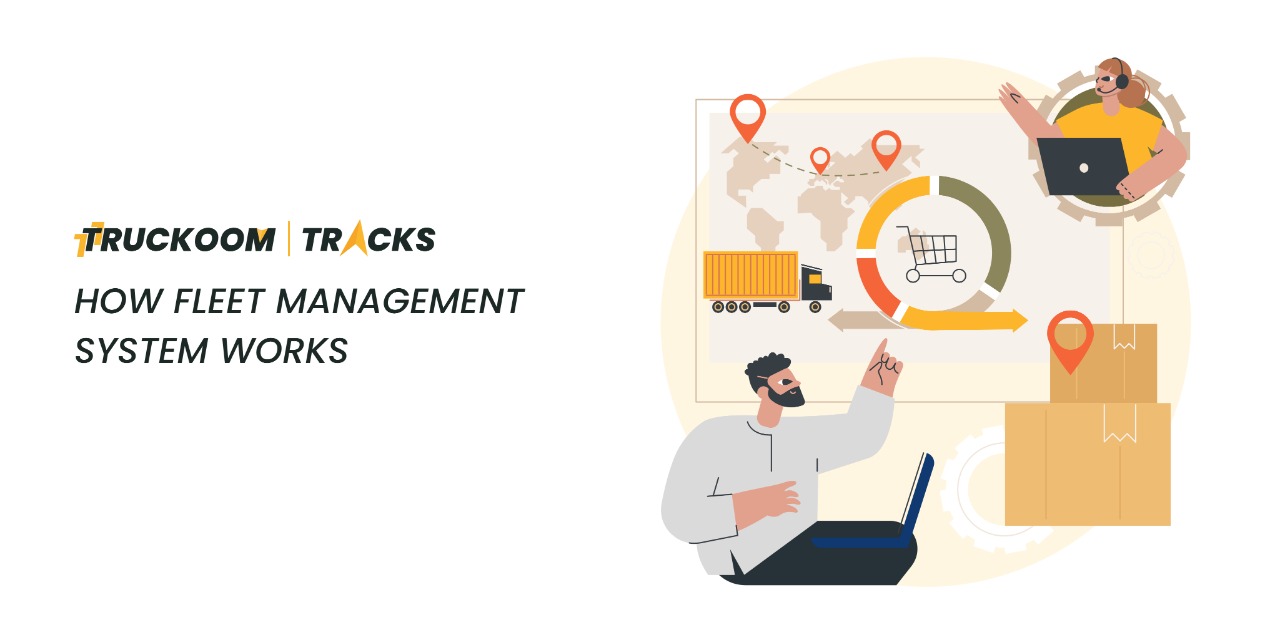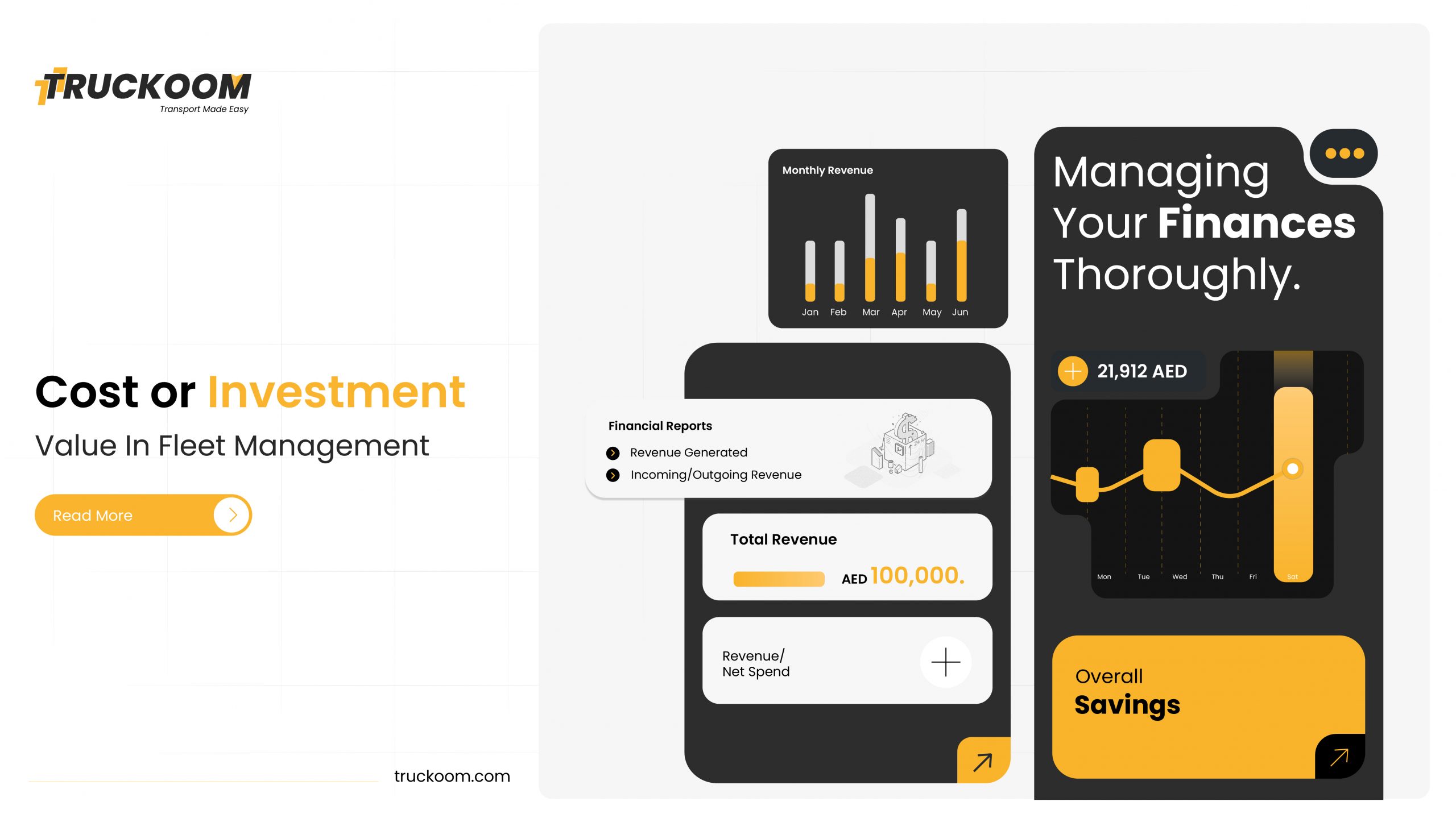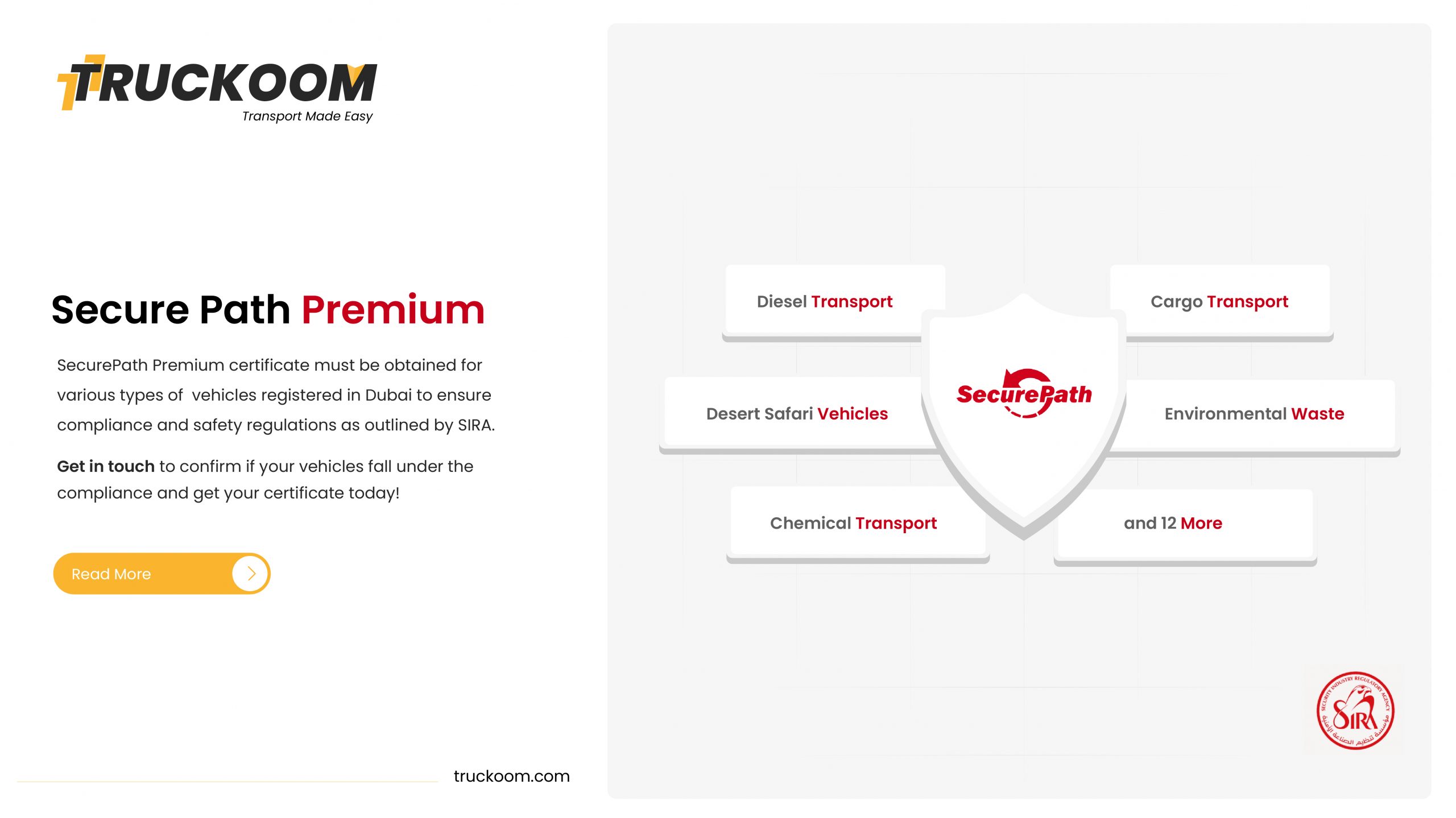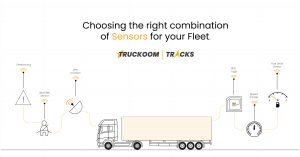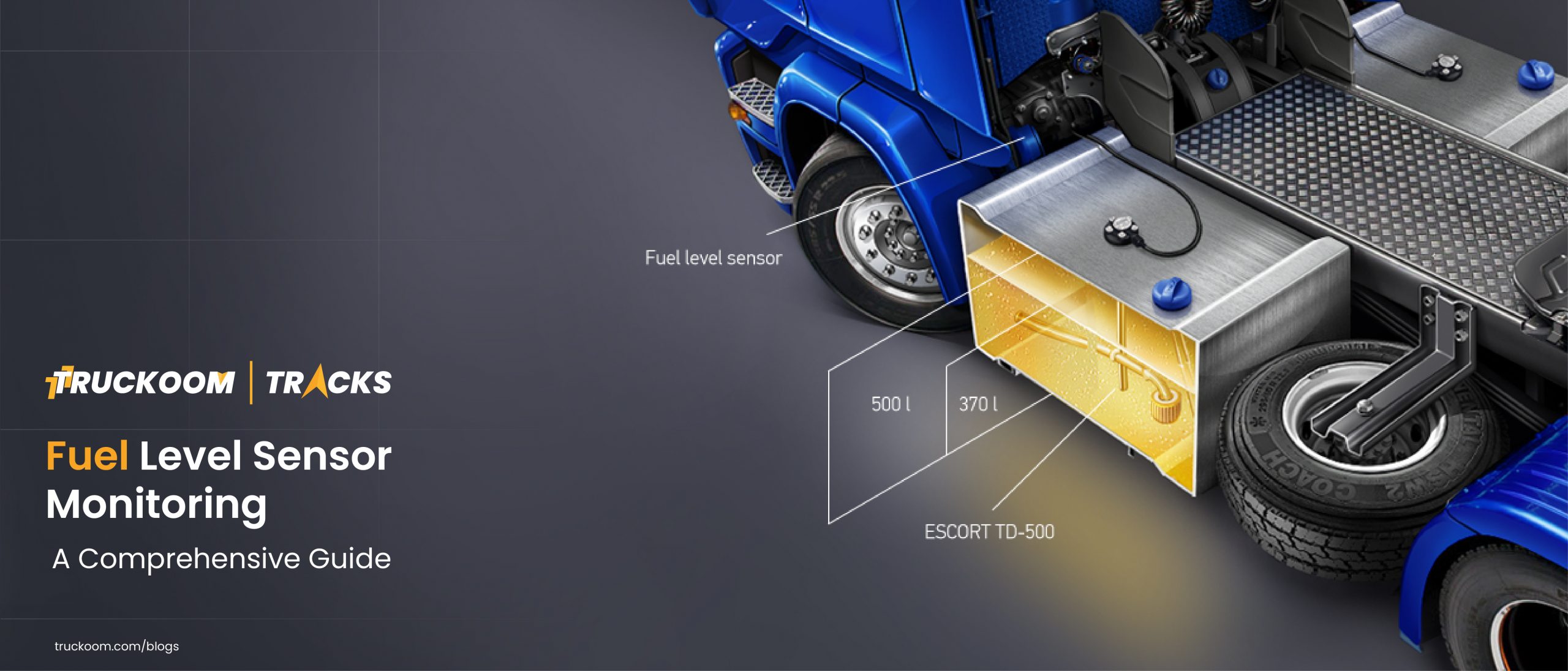It must be tough to deal with various vehicles, couriers, and customers efficiently on a large scale while running a huge company. You can quickly solve your problems and save yourself plenty of time and trouble by simply using fleet management software. By reading our blog, you can effectively learn how to use this software to the maximum and how it will help you run a company with minimum hindrances.
Before getting into the details of how to use fleet management software, it is necessary to understand what fleet management software is.
What is fleet management software?
Fleet management software is an application that assists corporate companies in coordinating and managing work vehicles in a centralized information system to ensure the efficient operation of the entire company. The management of vehicle upkeep, finance, tracking, replacement, navigation, and route are all included. Simply put, it involves overseeing a vast geographic area with a collection of commercial vehicles. Thus, the software assists the company in cutting expenses and improving performance following legal requirements.
Fleet management is as simple as tapping and swiping thanks to tailored automation of delivery systems, real-time tracking that reduces the steps needed to communicate location and status, and algorithm-based predictions for vehicle maintenance. Any company, big or small that wishes to automate its procedures and get rid of middlemen or fleet management companies would find it handy. After thoroughly understanding a fleet management system, the second step should be to learn how it works.
How does the system work?
It combines GPS with Big Data Analytics to track, analyze, store, and create predictions.
It is getting more user-friendly and mobile-friendly thanks to technological advancements and improvements in user interface design. We have built our Fleet Management System(Truckoom.com/Home/Tracks) primarily focused on user-friendliness and usability by general users.
The average user would need to install the program in approximately 30 minutes and learn to utilize it effectively online in around 15 minutes.
Tracks by Truckoom solutions give you a full-stack fleet management platform for all your operations, safety, and compliance needs.
- Decrease Costs
- Elevate Productivity
- Improve Safety
- Enhance Customer Satisfaction
Further discussing these features in detail, you’ll read that fleet management solution (FMS) works in several different sectors:
- By keeping records of speeding, work breaks, idle time, and driving routes, one can guarantee the efficiency and safety of both the vehicle and the employees.
- Allows dispatchers and management to enter information on vehicle performance
- Oversees the management of driver licenses, the disposal of vehicles, compliance with government rules and regulations, the purchase and insurance of vehicles, and monitoring vehicle operations for maintenance and mechanical faults to increase corporate productivity.
After this, you must understand the system’s features to know what you’ll gain.
FEATURES OF FLEET MANAGEMENT SOFTWARE
The software’s functionality changes depending on the fleet’s size and goal, whether it is being used for local deliveries, long-distance transport, or other commercial or non-commercial uses.
Features including asset tracking, predictive maintenance, warranty tracking, delivery management, safe navigation, route optimization, regulatory compliance, accident reporting, client feedback, and driver productivity optimization would be included in an all-encompassing program.
- Asset Tracking:
Asset tracking would involve recording information about the past of these assets and their vicinity to one another, as well as displaying the movement of assets in real-time or even tracking immobile objects.
Asset tracking employs a live Google map and combines GPS and cell phone technology. Usually, it shows a detailed and grouped view of vehicles and sensors on the map.
Once again, talking Tracks by Truckoom solutions will provide you with live asset tracking that will give you a Bird’s-eye view of the entire fleet on a google maps landscape.
- Preventive Maintenance:
Predictive maintenance software typically uses predictive algorithms to track a vehicle’s usage, past maintenance, and longevity without the inconvenience of having to keep manual or written records of every service a vehicle receives.
Additionally, it is better than manual records since the software is set up to send warnings and alerts to the user’s phone before a vehicle needs maintenance, preventing breakdowns while a task is in progress, downtime, and mishaps.
This proactive approach might shield a company from unanticipated losses.
- Timely Replacement:
Like preventive maintenance, this feature advises the user when to sell or replace a vehicle or a vehicle’s parts by anticipating the half-life of a vehicle or a vehicle’s parts.
By doing this, a company can increase the profit on a sale while simultaneously maintaining the caliber and level of its fleet.
- Delivering, scheduling, and dispatching
Scheduling is essential for efficiently operating a company’s numerous systems in large organizations with regular orders.
Operations include:
- Collecting orders from end users.
- Allocating the product or assignment to a ready unit for dispatch.
- Being aware of the completion or termination of delivery.
- Keeping track of the number of accessible and engaged vehicles at any given time would be handled by scheduling.
- Route navigation
Route management enables a fleet to identify the quickest and most cost-effective route to its destination by combining tools like Google Maps and its built-in Asset tracking feature.
It comprises route analysis-based traffic management and forecasting.
Smaller businesses must adapt to and compete with larger organizations to thrive, as there is more competition among firms to offer their consumers the fastest service.
This implies that a feature like route management becomes more significant with the smaller the fleet.
BENEFITS OF FMS
More than anything, you should be aware of the benefits of this system which can be endless and tempting. They are briefly discussed below:
- Fuel costs can be reduced with FMS by at least 30%.
- If the engine status is active, but the car is at rest, FMS can tell you if the engine is idling. By avoiding lengthy arguments with the drivers, one can thus save a lot of time.
- Employers can prevent learning about a driver’s extra labor after the driver has returned by using FMS to detect it immediately.
- You can examine to see if any of the drivers frequently apply hard braking that might in any way contribute to car damage.
- The FMS’s integrated GPS allows you to track moving vehicles on the road and direct them along the quickest paths, saving time and money.
Fleet management software enables small and large businesses to operate at their most productive levels.
CONCLUSION
In conclusion, fleet management software is all you need to run a business smoothly on a small and large scale.
It will drastically reduce your fleet’s downtime, allowing you to service your customers and maintain a successful business regularly.
